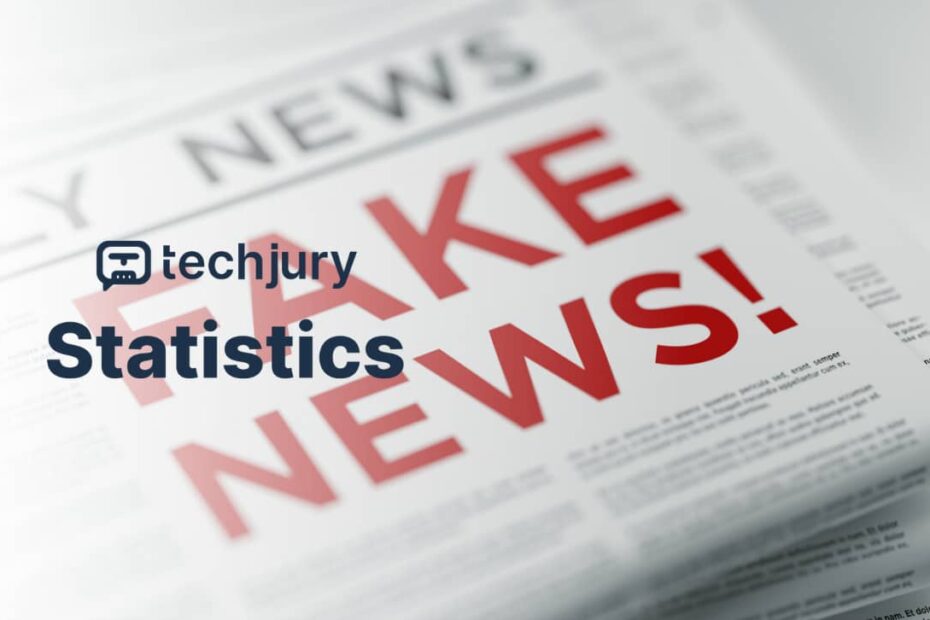Understanding the Misinformation Ecosystem: More Than Just False Headlines
Imagine scrolling through your social media feed and encountering a headline so shocking, so perfectly tailored to trigger an emotional response, that you‘re compelled to share it immediately. But what if that headline was carefully constructed to manipulate your perception, designed not to inform but to provoke? Welcome to the complex world of fake news – a phenomenon that has transformed from a marginal concern to a global information challenge.
As a data analysis specialist who has spent years studying digital information ecosystems, I‘ve witnessed firsthand how misinformation spreads like wildfire through our interconnected digital landscapes. This isn‘t just about occasional misleading stories; it‘s about sophisticated networks of disinformation that challenge the very foundations of how we consume and understand information.
The Digital Transformation of Misinformation
The evolution of fake news is intrinsically linked to technological advancement. Before the internet, misinformation spread through whispers, printed pamphlets, and word-of-mouth. Today, it travels at the speed of light, crossing continents in milliseconds, amplified by algorithms designed to maximize engagement rather than accuracy.
The Algorithmic Amplification Effect
Social media platforms have inadvertently become powerful misinformation multipliers. Their recommendation algorithms are engineered to keep users engaged, often prioritizing sensational or emotionally charged content over factual reporting. A study by MIT researchers found that false news stories are 70% more likely to be retweeted than true stories, and they reach their first 1,500 people six times faster.
This isn‘t just a technological problem – it‘s a human psychology problem. Our brains are wired to pay attention to novel, surprising, and emotionally charged information. Fake news exploits these cognitive vulnerabilities, creating a perfect storm of misinformation propagation.
Quantifying the Misinformation Landscape
Let‘s dive into some compelling data that illustrates the scale of this challenge. According to a comprehensive analysis by the Pew Research Center, approximately 64% of American adults believe that fake news creates significant confusion about basic facts surrounding current events. This isn‘t just a perception issue – it represents a fundamental breakdown in our information consumption mechanisms.
Breaking down the numbers reveals even more nuanced insights:
- 67% of US adults report encountering false information on social media platforms
- 44% of news consumers express strong concerns about the prevalence of fake news
- 16% of American adults admit to sharing a story they later realized was fabricated
These statistics aren‘t just numbers; they represent real-world consequences of our increasingly complex digital information environment.
Technological Battlegrounds: Detection and Mitigation
As a data scientist, I‘m particularly fascinated by the technological arms race between misinformation creators and detection systems. Machine learning and artificial intelligence are becoming our primary tools in identifying and neutralizing fake news.
Advanced Detection Methodologies
Modern fake news detection relies on sophisticated techniques that go far beyond simple keyword matching:
- Natural Language Processing (NLP) algorithms analyze linguistic patterns
- Machine learning models identify subtle credibility indicators
- Cross-referencing techniques validate information against multiple sources
- Network analysis tracks information propagation patterns
These technologies aren‘t perfect, but they represent our most promising approach to combating digital misinformation.
Psychological Dimensions of Misinformation Consumption
Understanding fake news requires more than technological solutions – it demands a deep dive into human psychology. Cognitive biases like confirmation bias and the illusory truth effect make us susceptible to believing repeated misinformation.
Researchers have discovered that people are more likely to believe a statement if they‘ve heard it multiple times, regardless of its actual veracity. This psychological vulnerability creates a dangerous feedback loop where repeated misinformation becomes perceived truth.
Global Perspectives: A Comparative Analysis
Misinformation isn‘t a uniform global phenomenon. Different regions experience and respond to fake news uniquely:
North American Landscape
- Higher technological literacy
- More sophisticated detection mechanisms
- Significant platform-level interventions
European Context
- Stronger regulatory frameworks
- Emphasis on media literacy education
- Collaborative fact-checking initiatives
Asian Dynamics
- Rapid technological adaptation
- Complex linguistic challenges in detection
- Varied governmental responses
Economic and Social Implications
The fake news phenomenon isn‘t just an information problem – it‘s an economic and social challenge with far-reaching consequences. Misinformation can:
- Influence electoral processes
- Undermine public health initiatives
- Create social divisions
- Erode institutional trust
The economic cost of misinformation is estimated in billions of dollars annually, encompassing everything from productivity losses to direct financial damages caused by false narratives.
Future Trajectories: Emerging Solutions
As we look forward, several promising approaches are emerging:
- Enhanced AI-driven detection systems
- Improved media literacy education
- Collaborative fact-checking platforms
- Transparent algorithmic accountability
The solution isn‘t about complete elimination – it‘s about creating more resilient, critical information ecosystems.
Fake news represents one of the most complex challenges of our digital age. It‘s a multifaceted problem requiring technological innovation, psychological understanding, and collective social responsibility.
As individuals, our most powerful tool remains critical thinking. Question sources, seek verification, and approach information with healthy skepticism.
The battle against misinformation is ongoing, but with continued research, technological innovation, and collective awareness, we can create more trustworthy information environments.
